Epiphanes senta: specimen from (2), dorsoventral view. In contrast to Epiphanes brachionus the shape of the body is more or less cone-shaped tapering to the foot.
In former times this species was called Hydatina senta, but the genus name Hydatina now designates a mollusc of the superfamily Actenoidea, for example Hydatina physis. |
| |
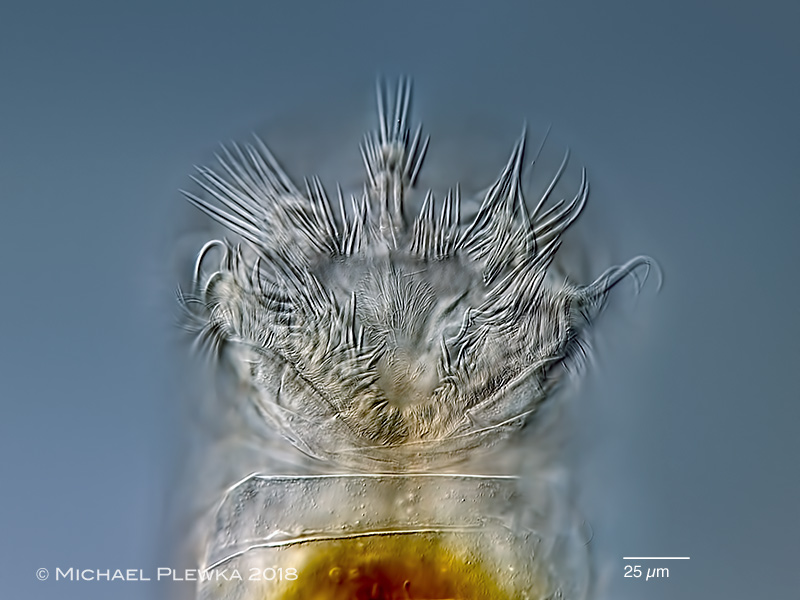 |
| Epiphanes senta: same specimen from (2), head with corona, ventral view. |
| |
 |
| Epiphanes senta: posterior part of the body with bladder; foot with toes and footglands. (2) |
| |
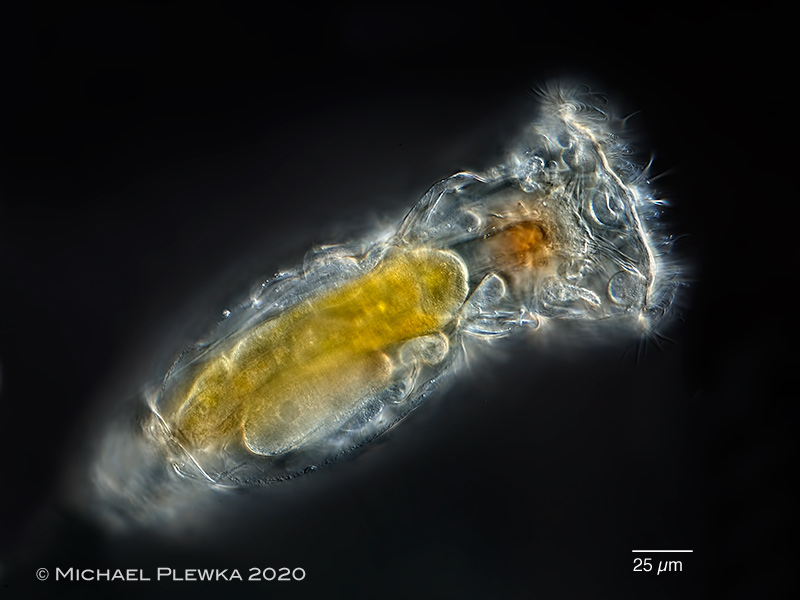 |
| Epiphanes senta: another specimen from the same location. This sample had been totally dry for 3 months in my room. Accidentely the detritus was soaked with water again, and several of these rotifers occured (?? from eggs???) (3) |
| |
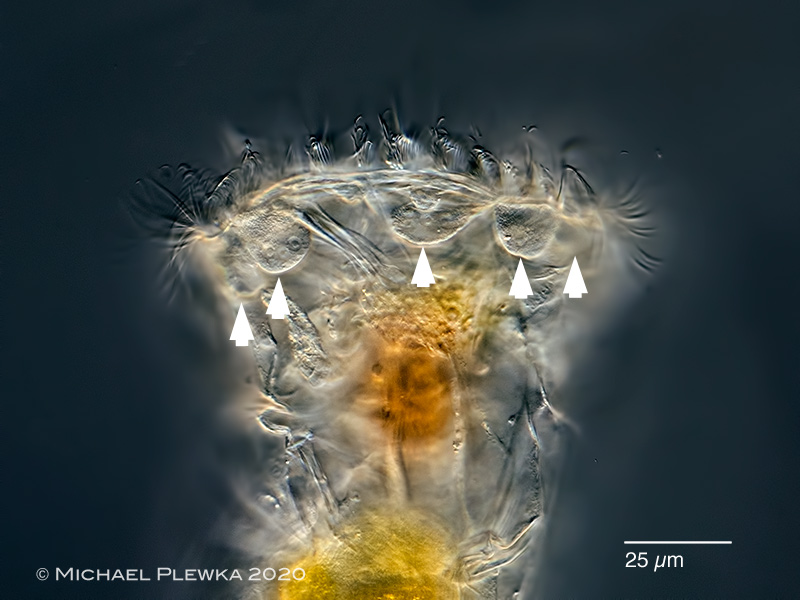 |
| Epiphanes senta: anterior part of the body. The arrowheads point to some of the hypodermis cushions. (3) |
| |
 |
| Epiphanes senta: another specimen, anterior part of the body showing some of the muscles. (3) |
| |
 |
| Epiphanes senta: another specimen. In contrast to bdelloid rotifers the metachronal movement (see also here>>>) of the anterior ciliary wreath (pseudotrochus) is clockwise (when observed frontally) (3) |
| |
|
| Epiphanes senta: malleate trophi (2) |
| |
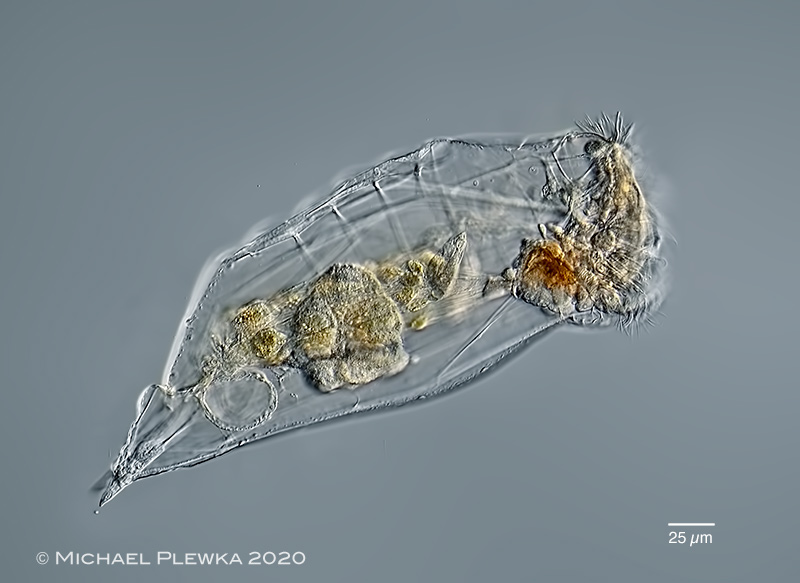 |
| Epiphanes senta: lateral view of female specimen from (4) |
| |
 |
Epiphanes senta: male specimen (lateral view) from (4). While several other lithtelmata which I examined in 2020 contained mostly different species of bdelloid rotifers there was one lithotelma (see below) that contained nearly exclusively this monogonont species pretty abundant. Also many male specimens could be found in this sample.
Br: brain; FG: foot glands; PTr: pseudotrochus; RM: longitudinal retractor muscle; SB: sensory bristles; Sp: spermatozoa; T: toes; TR: testicular rods; VD: vas deferens; the asterix marks on of the prostate glands; the arrowheads point to some of the glands with birefringent bodies (excretion granules). (4) |
| |
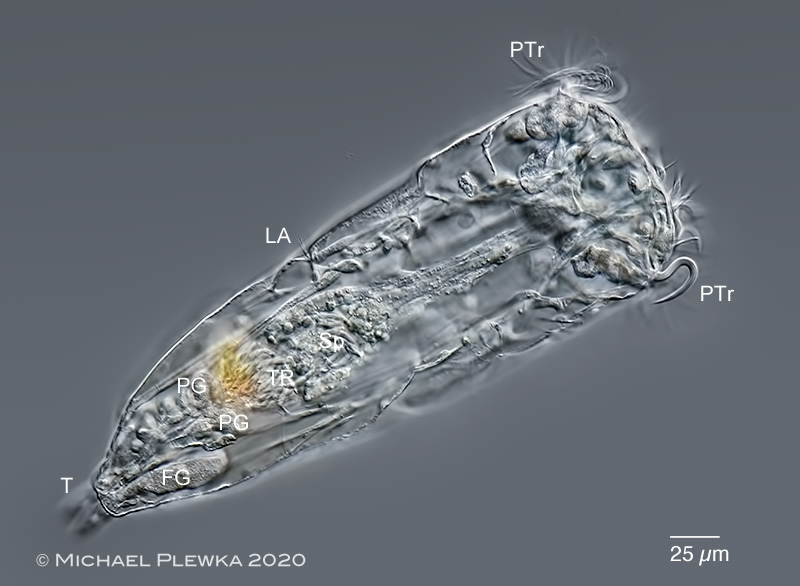 |
| Epiphanes senta: male specimen (dorsoventral view) from (4). FG: foot glands; LA: lateral antenna; PG: prostate glands; PTr: pseudotrochus; Sp: spermatozoa; T: toes; TR: testicular rods. (4) |
| |
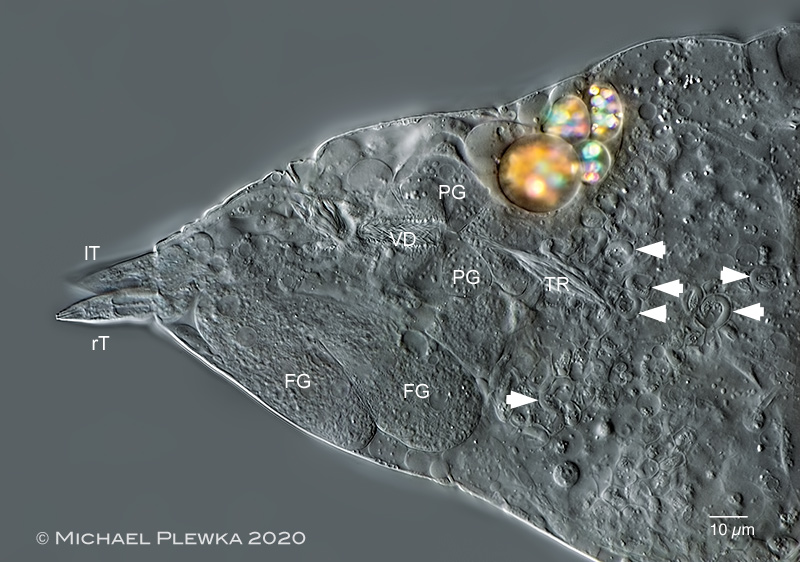 |
| Epiphanes senta: lateral view of male specimen, slightly compressed by coverslide. FG: foot glands; LA: lateral antenna; PG: prostate glands; Sp: spermatozoa; lT, rT: left and right toes; TR: testicular rods. VD: ciliated vas deferens. The arrowheads point to some of the spermatozoa. Visible are the glands with birefringent bodies (BRB) which appear colored by the polarized light of the differential interference contrast (DIC) (4) |
| |
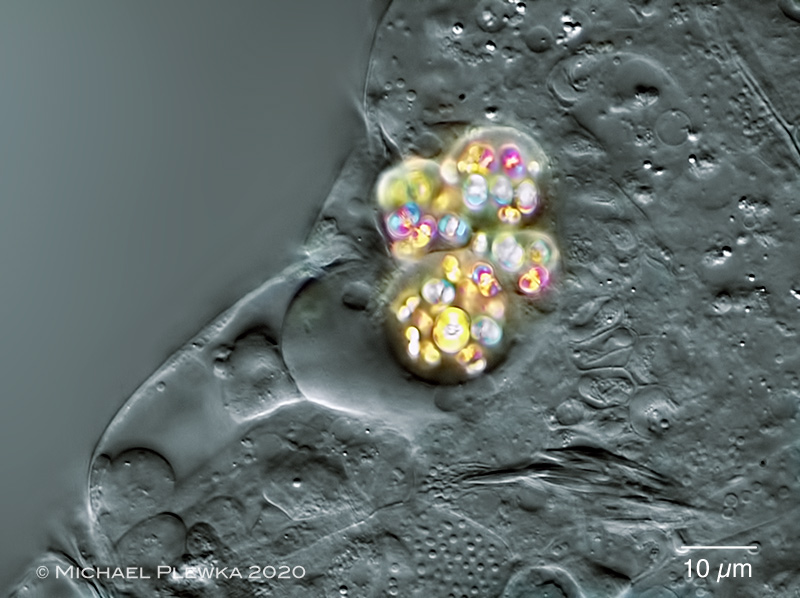 |
| Epiphanes senta: birefringent bodies (BRB) in the glands of another specimen, polarized light (4) |
| |
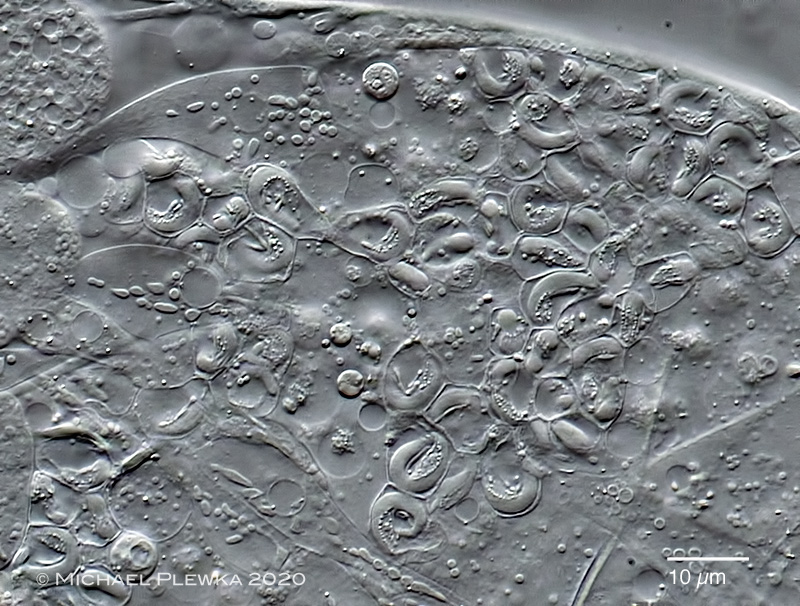 |
| Epiphanes senta: spermatozoa (4) |
| |
| |
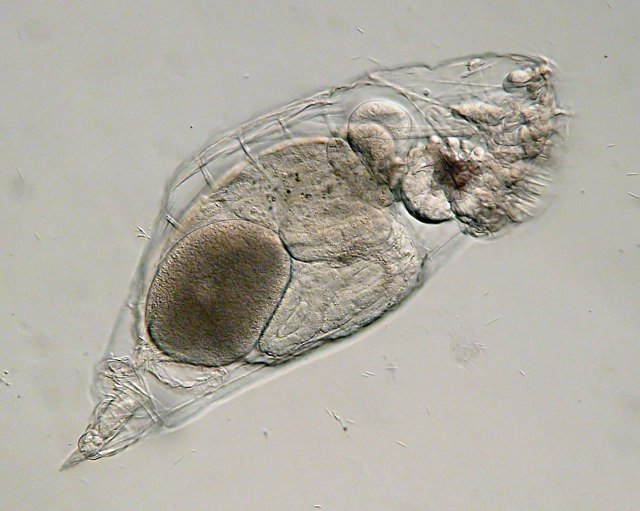 |
| Epiphanes senta: lateral view. specimen from (1) |
| |
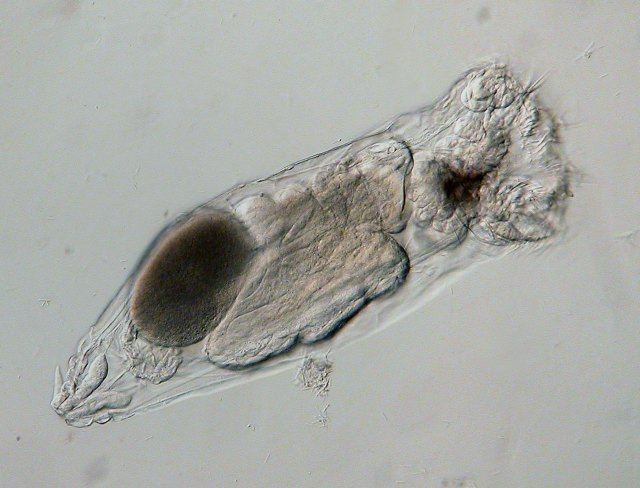 |
| Epiphanes senta: ventral view (1) |
| |
 |
| Epiphanes senta: ventral view. The notch in the corona is clearly visible. (1) |
| |
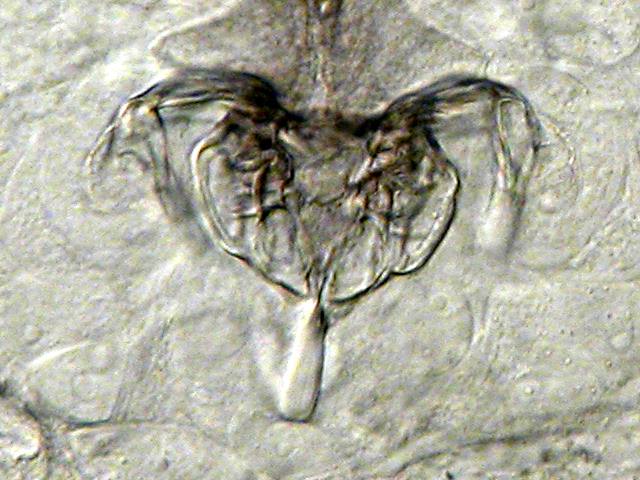 |
| Epiphanes senta: malleate trophi(1) |
| |
| |
| |
| |
|
|
| |
| |
|
|
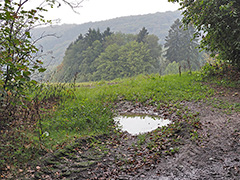 |
| Location (3): Hattingen-Oberstüter, NRW, Germany (1); Felderbachtal, ephemeral puddle (click image to enlarge >>>) |
| |
| Habitat (2): detritus |
| |
| Date : 02.09.2018 (2); |
| |
|
|
|
|
|
| |
| |
| |
| Location: Hattingen-Oberstüter, NRW, Germany (1); |
|
|
| Habitat: in puddles caused in the mud by cows (1); fine sediment (2); lithotelma (4) |
| Date 18.10.07 (1) |
| |
| |
| |
|
|